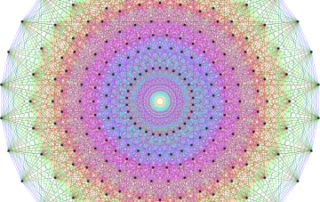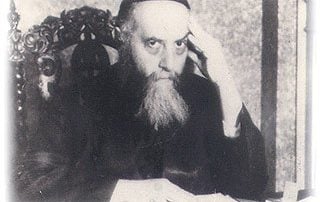sefirot, sefiroth, sefiros, sfiros, sefirah, sefira, sfirah
Space – Between Future and Past
Meditations on the Maaseh Merkavah – I We do science by studying nature. We study physics in a lab, peering into space, or working out mathematical models with pencil and paper to see if they fit experimental data. However, great mystics of the past were able to see how this world operates by gazing into spiritual worlds above. On Shavuot, the holiday when we celebrate the revelation on Mount Sinai, we read the prophecy of Ezekiel (the First Vision of Ezekiel) called Maaseh Merkavah (or Ma'aseh Merkabah) – Work of the Chariot. Masters of Kabbalah have taught us that understanding the Work of the Chariot gives the initiated an understanding of the works of nature. This Shavuot, studying and thinking about Maaseh Merkavah, I came to understand some profound insights about the physics [...]





